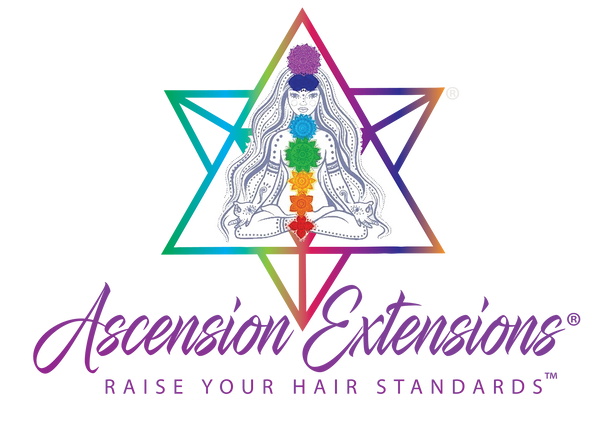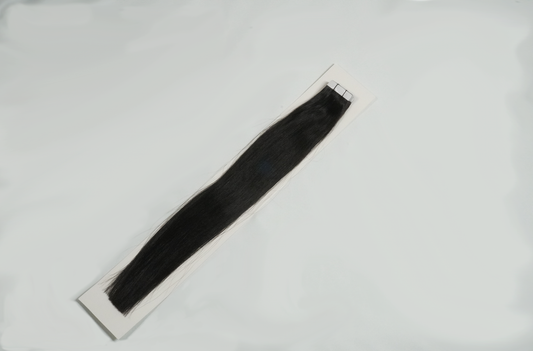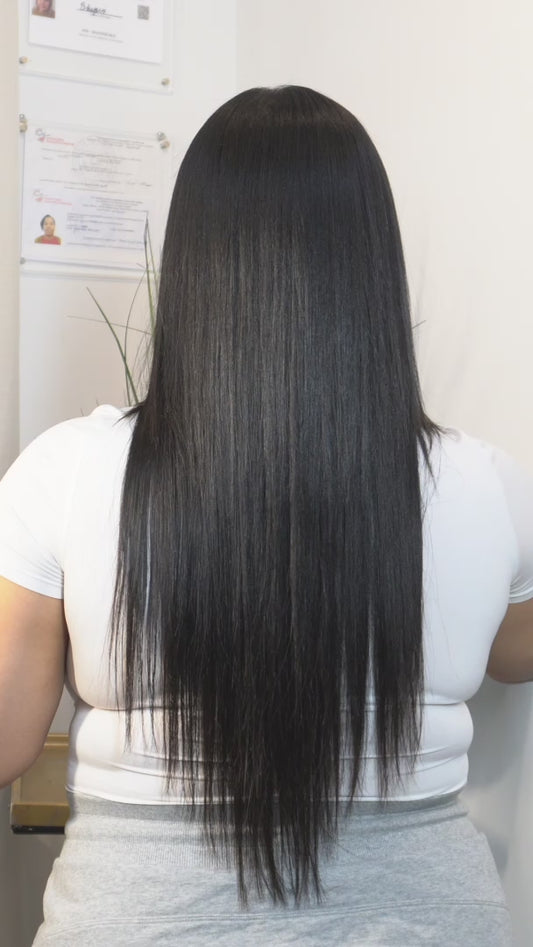Collection: TAPE IN EXTENSIONS
Tape-in hair extensions are a type of hair extension that uses thin tape wefts, which are typically 1 to 1.5 inches wide, that get "taped-in" in between your own hair in "sandwich" like bonds. This method is 100% natural, requires no tools or chemicals.
-
Asian Collection TAPE-INS
Vendor:Ascension ExtensionsRegular price From $85.00 USDRegular priceUnit price / per


